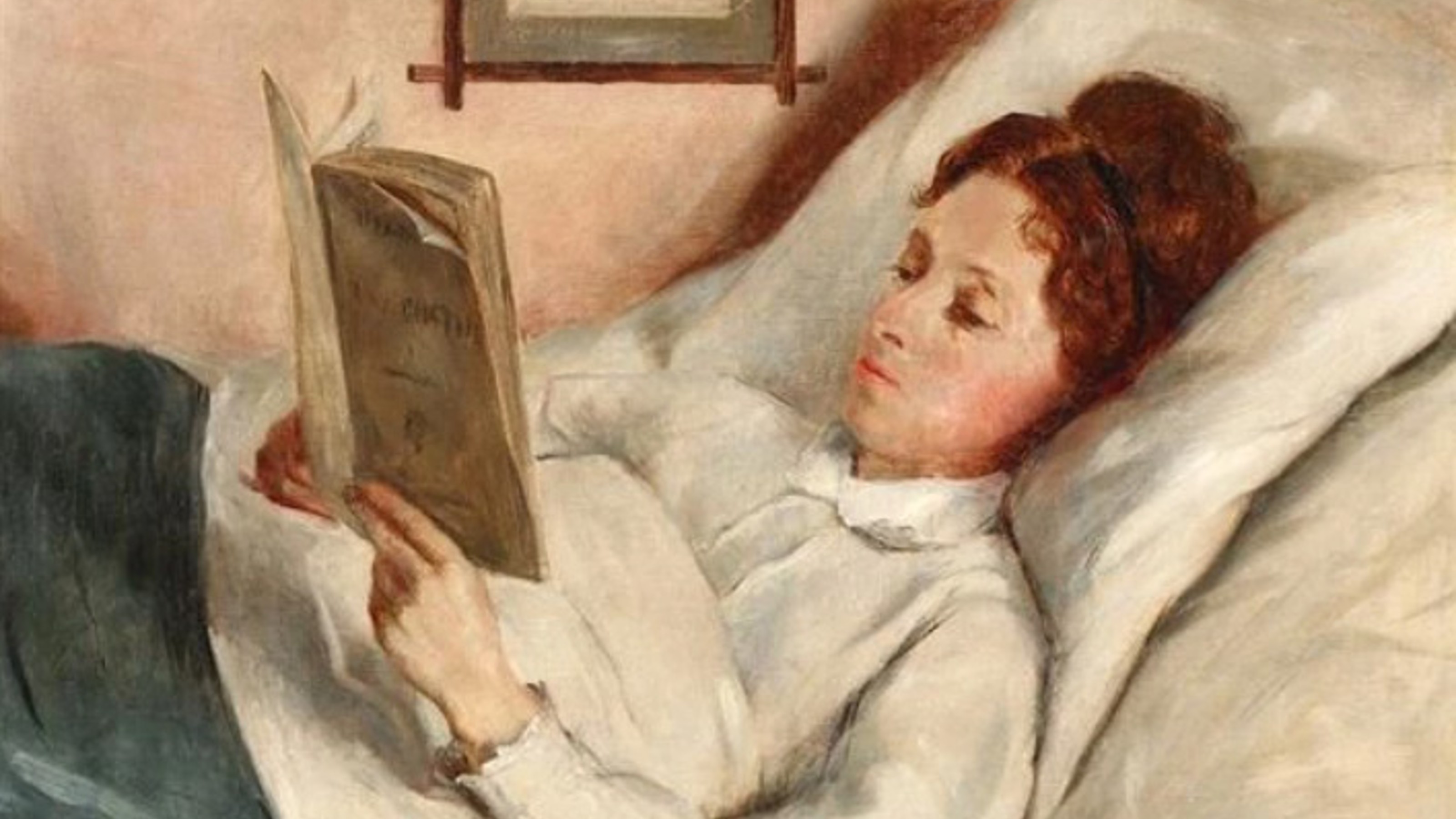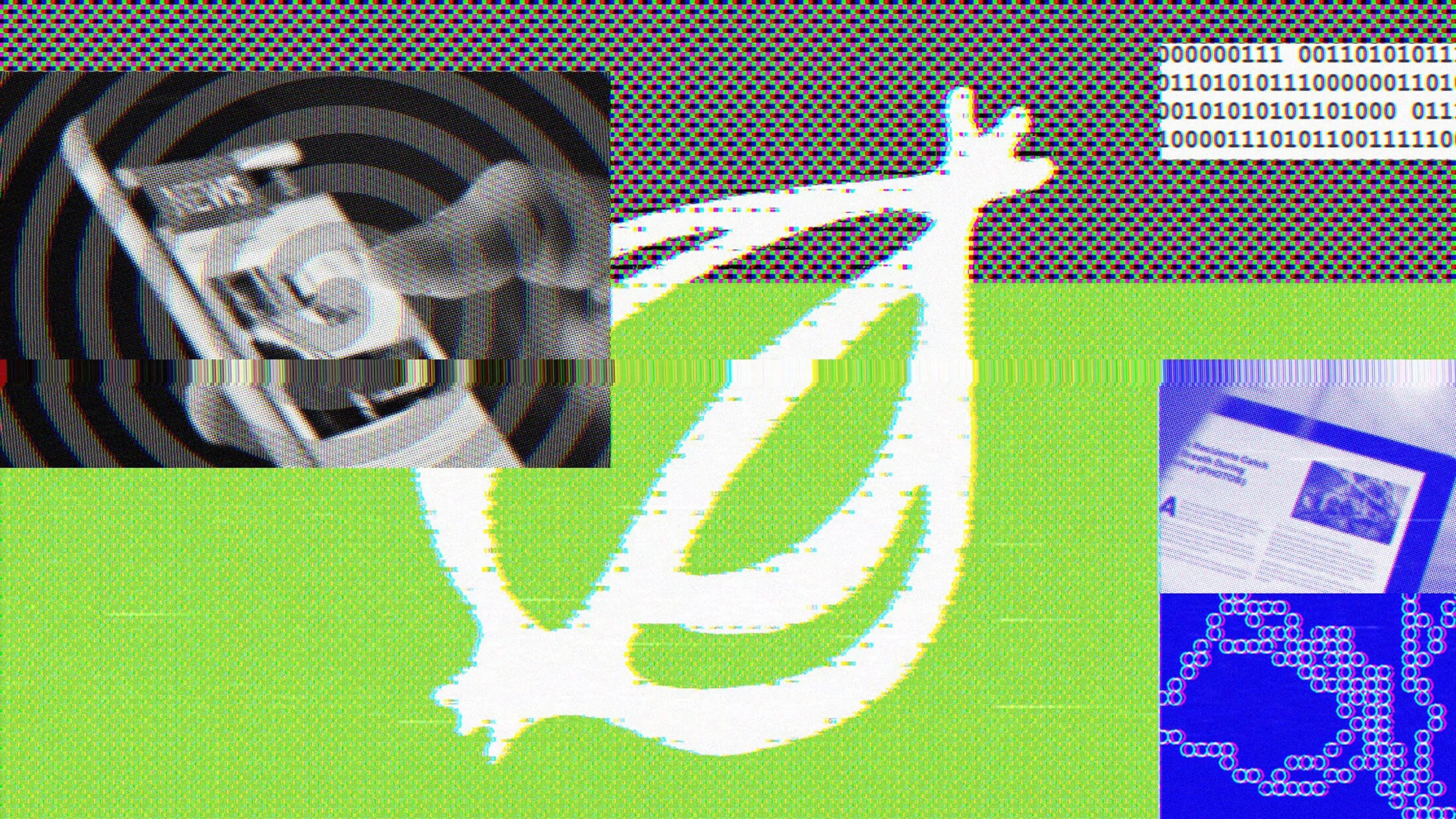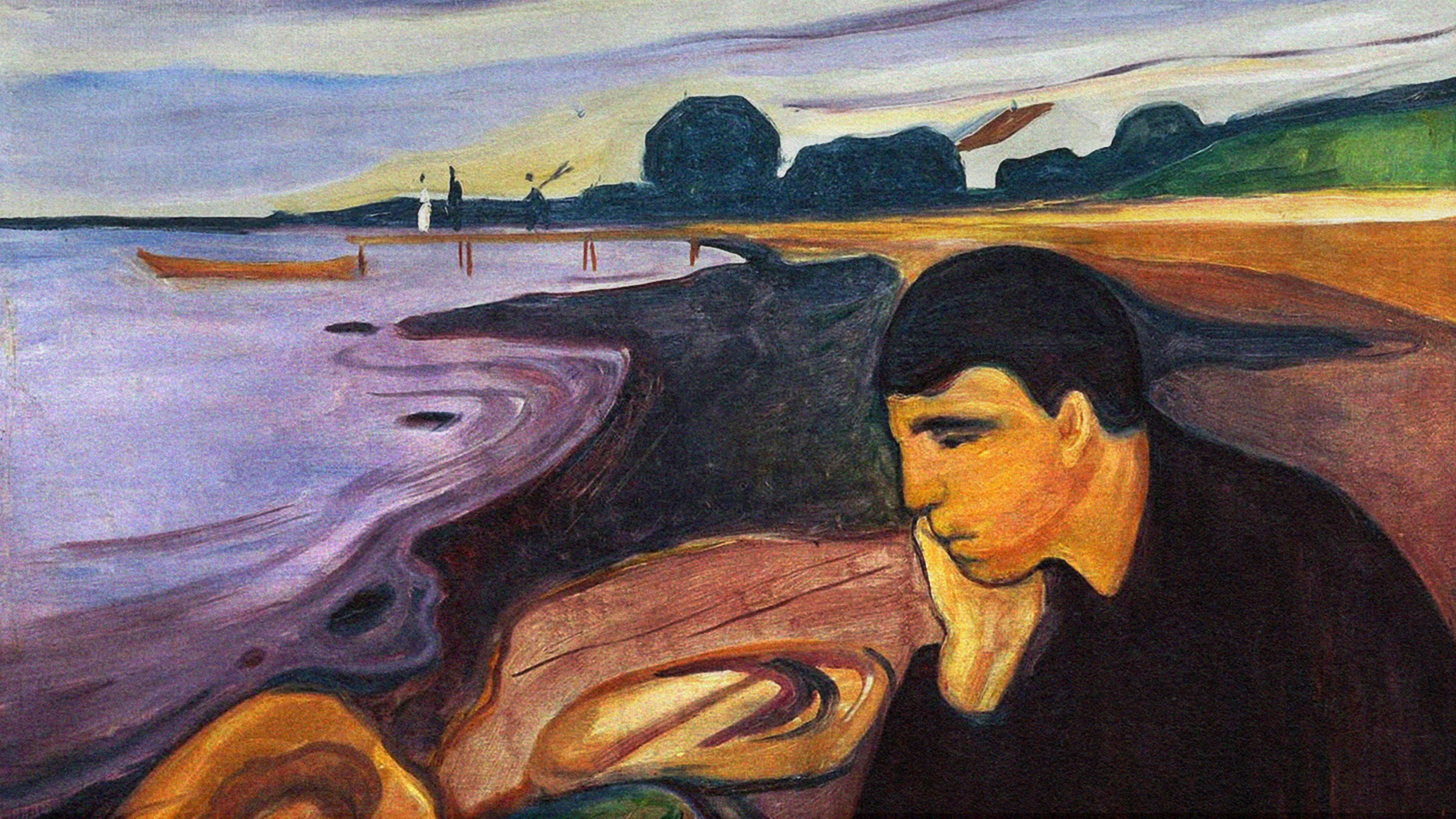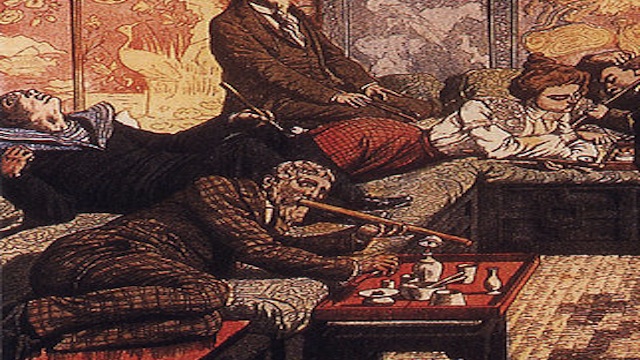Paper Trail: Michelangelo in a New, Old Medium
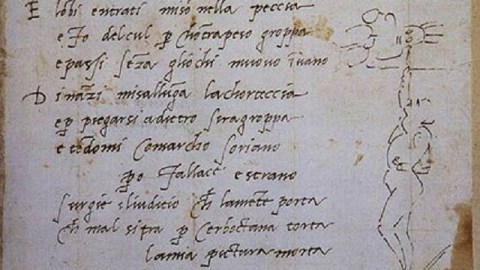
“My beard points to heaven, and I feel the nape of my neck on my hump,” Michelangelo wrote in a poem about his experience painting the ceiling of the Sistine Chapel. “I bend my breast like a harpy’s, and, with nonstop dripping from above, my brush makes my face a richly decorated floor.” To accompany that poem, the artist sketched himself at work, stretching up to apply paint to the freshly applied plaster (detail shown above). In Michelangelo: A Life on Paper, Leonard Barkan, a professor of comparative literature at Princeton University, examines how Michelangelo—best known for timeless works chiseled from stone or painted on architectural surfaces—revealed his deepest self on that most fragile of media, paper. By following Michelangelo’s paper trail, Barkan discovers a more versatile artist of both pictures and words who seems more human and strikingly more modern than the Renaissance genius of legend.
Of the nearly 600 sheets of paper with drawings attributed to Michelangelo, one third contain writing as well. One quarter of Michelangelo’s 300 poems appear with drawings on the same page. “Michelangelo… was an assiduous writer,” Barkan argues, listing 500 letters, thousands of memos, and other writings in addition to the poetry, which scholars have examined for centuries, but usually separately from the art. “[W]e cannot understand Michelangelo without a radical sense of the way that pictures and words entangled themselves within his creative imagination,” Barkan says by way of justifying going where other scholars have feared, or not cared, to tread. By untangling that entanglement, Barkan cracks the code of the living cipher that Michelangelo was to contemporaries and continues to be to us today.
Barkan first paints an interesting backdrop of how words and images operated up to and within the Renaissance. As far back as Cimabue, artists placed words in their art in coordination with the images “in the interest of mutual elucidation,” as Barkan puts it. Whereas Leonardo da Vinci in his illustrated notebooks used images and text to “nail down the truth,” Barkan argues, in Michelangelo’s illustrated writings “the juxtaposed figure and word tend rather to signal the artist’s deepest uncertainties.” If Leonardo knows all the answers, Michelangelo asks all the questions.
Part of that uncertainty in Michelangelo comes from his desire not to be categorized. In the poem on the Sistine Chapel ordeal, Michelangelo’s face itself becomes a work of art, Barkan asserts, thus making Michelangelo the focus of attention and not any individual work of his hand and heart, even one as grand as the Sistine ceiling. “I think what turns [Michelangelo] into a painting-denying poet,” Barkan believes, is hope “that his talent places him in some heroic category of artist that is quite independent of any particular medium—especially, his current work for hire, fresco-painting.” Michelangelo’s defines himself as an artist who is “not just a painter, but rather a painter in the loftiest sense of the term: one whose eyes were made by the heavens to discriminate between the different modalities of beauty,” Barkan continues.
Barkan’s point is subtle, but he squeezes meaning from every squiggle and convincingly argues that Michelangelo strove to be a multimedia artist as much as possible within the confines of the 16th century. Writing and drawing thus become “neighbors on a continuum of creation” for Michelangelo, bringing together every aspect of the artist and showing a striving, struggling, longing mind to counter the age-old myth of the effortless artist doing the (art) work of God on Earth.
At times, Michelangelo’s “associative thinking,” as Barkan calls it, can be hard to follow, but the Princeton professor proves an able guide through the reams of drawings and writings, the most significant of which are illustrated nearby for easy references. Michelangelo the “exasperated instructor” guiding his pupils also comes through in Barkan’s examination. These classroom exchanges as well as other sheets strewn with seemingly disconnected words and pictures “are not stationary monuments but objects in active social commerce,” Barkan writes, and full of the energy of collaboration and creativity pushed beyond simple connections. “Viewed from the age of YouTube and Facebook,” Barkan writes of these entangled social pages, “the sixteenth century begins to look strangely familiar.” It’s not too much of an imaginative stretch to conclude that, if Michelangelo were alive today, he’d have a very cluttered and very active Facebook wall.
Barkan brings Michelangelo into the 21st century quite convincingly with such connections. Walter Pater once wrote that “all art aspires to the condition of music.” In Michelangelo’s case, all his art aspired to the condition of language, with all the rhetorical power of poetry as well as the playfulness of puns. With a similar spirit of pure joy in language’s capacity to illuminate great art and great artists, Leonard Barkan in Michelangelo: A Life on Paper gives us a more human Michelangelo who looks and sounds a lot like us today, but with all the genius left intact.
[Many thanks to Princeton University Press for providing me with a review copy of Leonard Barkan’s Michelangelo: A Life on Paper.]


